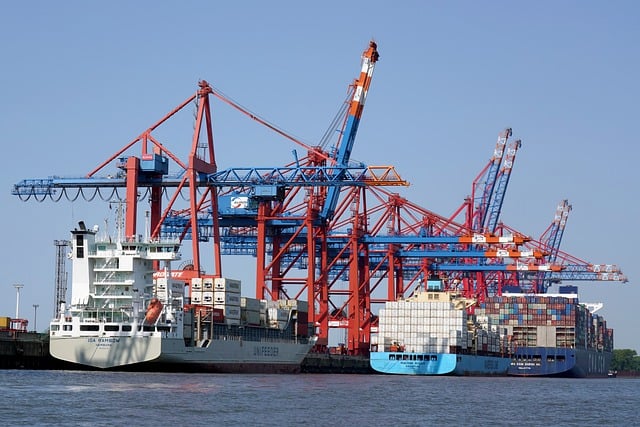
Sea Cucumber Imports: The "Blue Ocean" of Nutrition and Business Opportunities
As a seasoned "old salt" with 20 years of experience in foreign trade, I have witnessed China's sea cucumber imports surge from sporadic trials to an annual volume exceeding 10,000 tons. This premium ingredient, often dubbed "soft gold of the ocean," is winning over Chinese consumers' palates with its unique nutritional value. But to successfully import sea cucumbers, you'll need to master this "nautical chart."
"Compass Calibration" Before Setting Sail: Access and Tariff Regulations
Just as ancient navigators relied on celestial navigation, importers must first confirm:
- Is your sea cucumber on the approved list? Currently, specific varieties from 18 countries/regions including Canada, Mexico and Iceland have obtained access - this list changes like the tides
- Tariff code selection determines customs duty fate: Frozen sea cucumber (0308120090) 10% duty, dried sea cucumber (0308190090) 12% duty, processed products (1605610090) 15% duty - choosing wrong codes is like veering off course
Forming an "Ocean-Going Fleet": Enterprise Qualification Requirements
Last year, a client neglected this step, resulting in a container worth 2 million yuan being "stranded" at the port for 45 days.
- Overseas production enterprisesMust be registered with the General Administration of Customs of China, just as ships need to be registered with their flag state
- Importer RegistrationIt must be completed through the "Single Window," which serves as your trade "passport."
- Cold chain logistics qualificationParticularly critical - we once used infrared thermometers to detect a batch of goods exceeding temperature limits by 2℃, resulting in the entire shipment being rejected
Warning on Customs Clearance "Reefs": Common Declaration Mistakes
According to customs data, 30% of declaration issues are concentrated in:
- The "certificate expiration wave": Quarantine certificates typically have a 6-month validity, but some countries require shorter periods
- Label "word game": Must simultaneously display fishing area coordinates and processing plant registration numbers
- License "time gap": The Entry Animal and Plant Quarantine License requires application 15 working days in advance
Customs Inspection "X-ray Machine": Are You Ready?
A typical case at Qingdao Port last year: a batch of Canadian sea cucumbers was temporarily detained due to a discrepancy between the "production date" on the packaging and the certificate. Key inspection points by customs include:
- Cold chain integrity: Continuous temperature records throughout transportation should be maintained like ship logs
- Sensory inspection: Premium dried sea cucumbers should have evenly distributed spines with body wall thickness ≥3mm
- Heavy metal testing: Lead content must be <0.5mg/kg, arsenic <1.0mg/kg
"Precision Operations" After Docking: Warehousing and Distribution
Successfully clearing the level is just the "maiden voyage," and we recommend:
- Designated supervision sites: Frozen/fresh products must enter through one of the 58 designated ports published by customs
- Traceability system: Adopt blockchain technology to record the entire supply chain from fishing to retail
- Emergency Plan: Prepare 3-5% loss redundancy to address transportation risks
"Smooth Sailing Season" for Setting Sail: Latest Industry Trends
2023 customs new regulations require:
- All pre-packaged sea cucumbers must have Chinese nutrition labels attached
- EU-produced sea cucumbers require additional radioactive substance test reports
- Implement a "pre-inspection" pilot program, where overseas warehouse inspections can reduce customs clearance time by 40%.
Remember, successful sea cucumber import is like cooking them—it requires ample patience and precise timing. As your foreign trade "helmsman," I stand ready to leverage 20 years of experience to help you navigate trade undercurrents, ensuring every sea cucumber safely reaches the tables of Chinese consumers.


 Follow Customer Service WeChat
Follow Customer Service WeChat